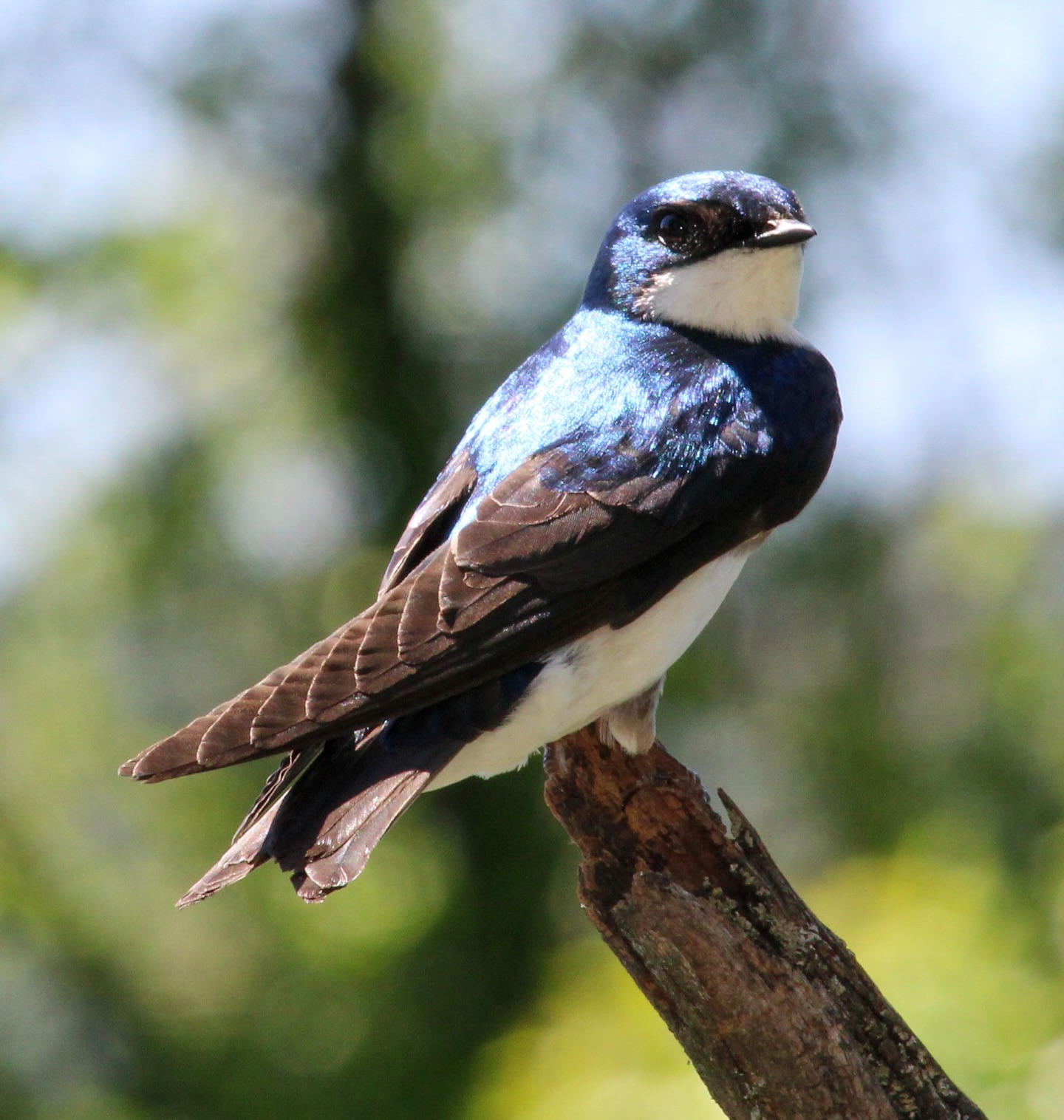- The marvel of migratory bird journeys and the distances they cover.
- The different types of migratory birds and their distinct migration patterns.
- The vital role of habitats and food supplies in supporting migratory birds.
- Conservation efforts and international cooperation to protect migratory birds.
- The significance of World Migratory Bird Day in raising awareness and engaging communities.
Migratory birds embark on phenomenal journeys across the globe, traversing immense distances with precision and endurance. These journeys are feats of endurance and navigation that often span continents and oceans. Birds like the Arctic Tern migrate from the Arctic to the Antarctic and back each year, covering tens of thousands of miles. Such monumental efforts highlight the extraordinary capabilities and adaptations these species have developed over millennia.
Migration patterns vary dramatically among species. Some, like the Blackpoll Warbler, fly non-stop over the Atlantic for several days, while others take more leisurely routes with frequent stops. These patterns are dictated by a variety of factors, including the availability of food, weather conditions, and the birds’ reproductive cycles. Partly migratory birds, such as certain raptors, may migrate only under specific environmental conditions.
The reliance of migratory birds on diverse habitats cannot be overstated. Wetlands, forests, and grasslands all serve as crucial feeding and resting spots. Destruction of these habitats due to urbanization, agriculture, and climate change poses significant threats. Birds depend on these habitats to fuel their energy-intensive migrations, making habitat preservation a top priority for conservationists.
Conservation efforts for migratory birds require global cooperation. Initiatives like the BirdLife International’s Flyways program work across borders to safeguard migration routes and habitats. Legal frameworks, such as the Agreement on the Conservation of African-Eurasian Migratory Waterbirds (AEWA), facilitate international collaboration. Efforts focus on both protecting critical sites and engaging local communities to participate in bird conservation.
World Migratory Bird Day is an annual event celebrated to raise awareness about the challenges migratory birds face. It serves as a reminder of the importance of preserving the natural world for these incredible travelers. Engagement activities, from educational programs to birdwatching events, encourage people to appreciate and protect these species. The day plays a crucial role in fostering a global commitment to conserve migratory birds and their habitats.
Migratory birds are not just biological wonders but also vital components of ecosystems around the world. Their migratory patterns ensure the dispersal of seeds, control insect populations, and contribute to biodiversity. By understanding and protecting these journeys, we contribute to the health of our planet.
Through combined efforts in conservation, habitat protection, and community engagement, we can safeguard the future of migratory birds. Celebrating World Migratory Bird Day is a step towards achieving that goal, highlighting the shared responsibility we all have in conserving these remarkable species.
*****
Source Description
Celebrate World Migratory Bird Day! 🐦
While humans may travel extensively, migratory birds undergo long-distance migrations, spanning across continents and oceans, sometimes non-stop! These are incredible species, from fully migratory songbirds to partially migratory birds of prey. Both highlight the importance of protecting their habitats and the food supply they rely on. Together, we can ensure their journeys continue for generations to come! 🪶
📷: Isaiah, Naturalist aide


